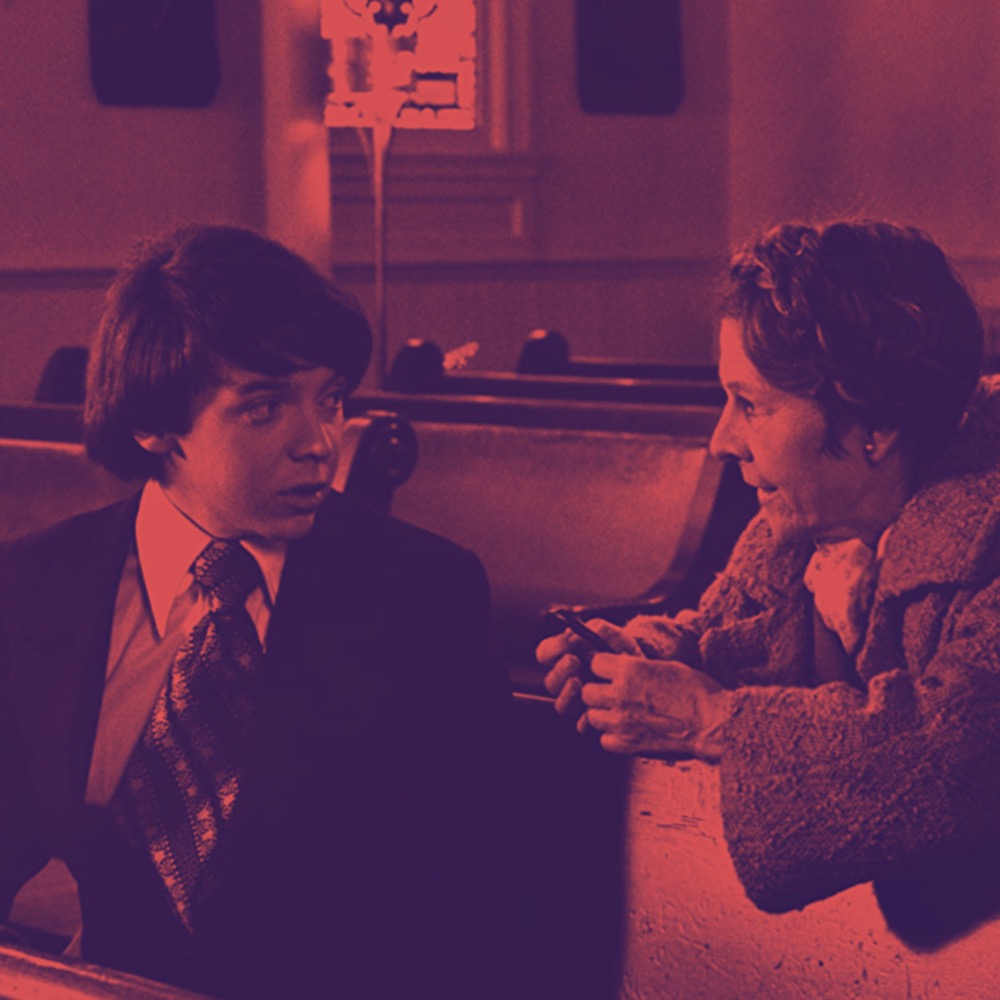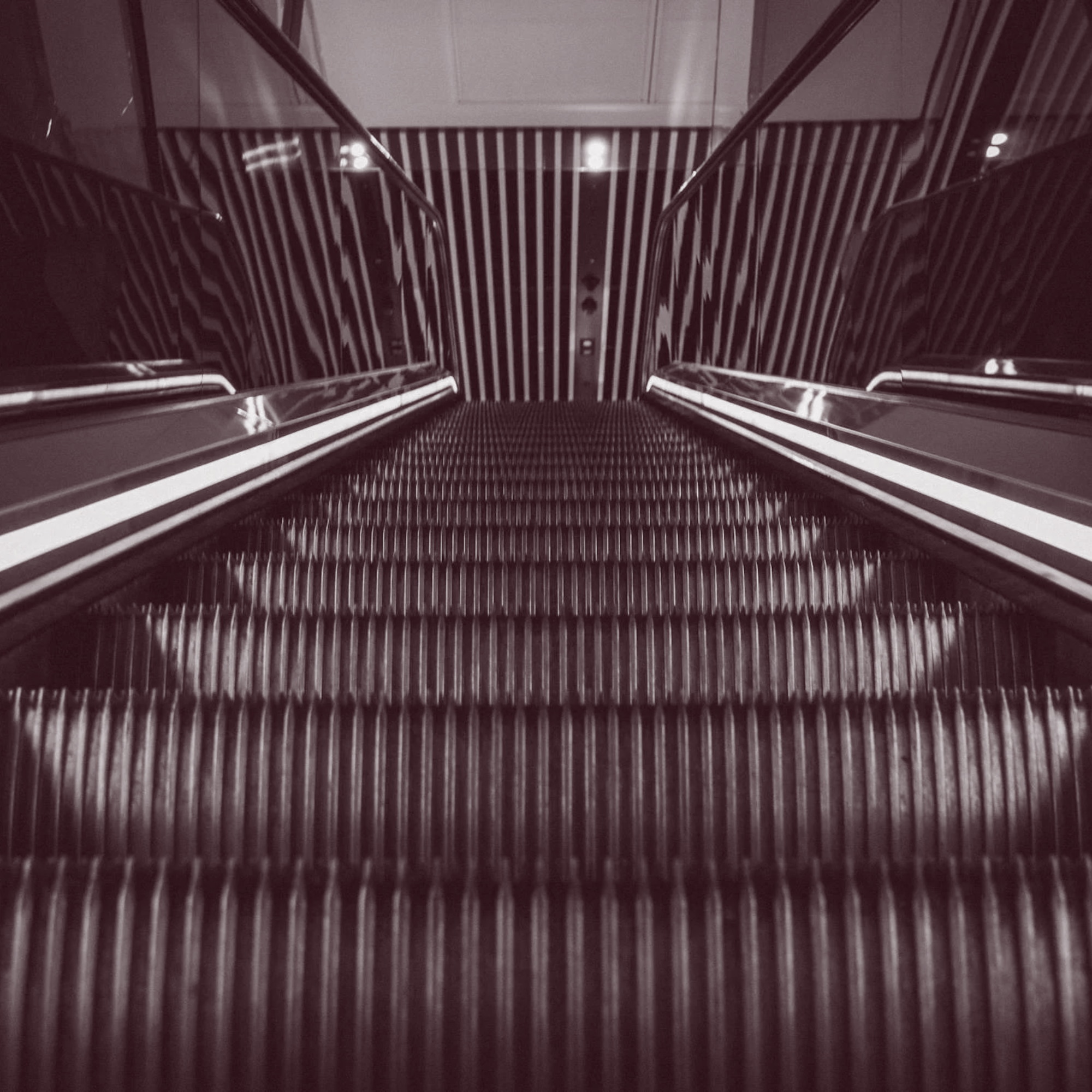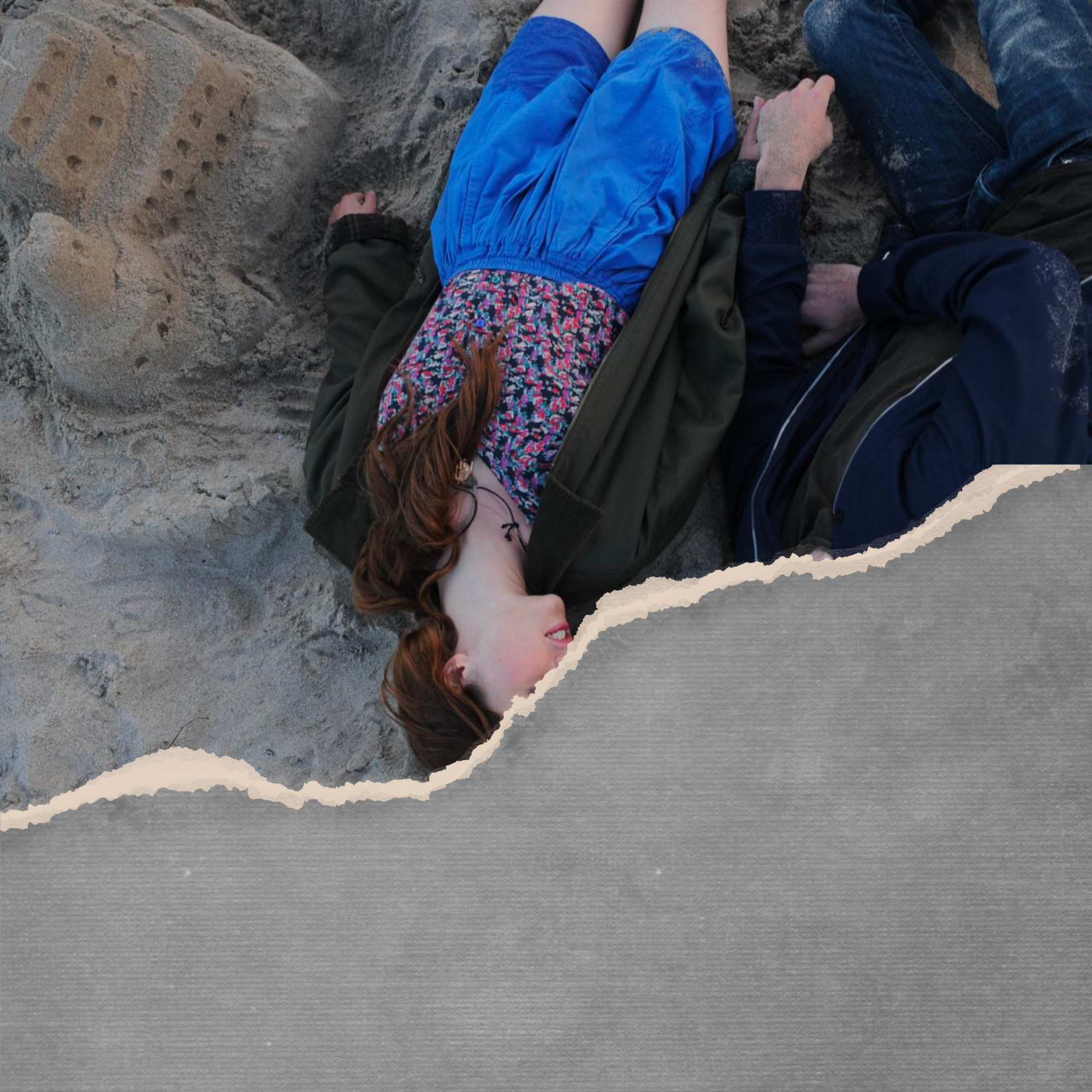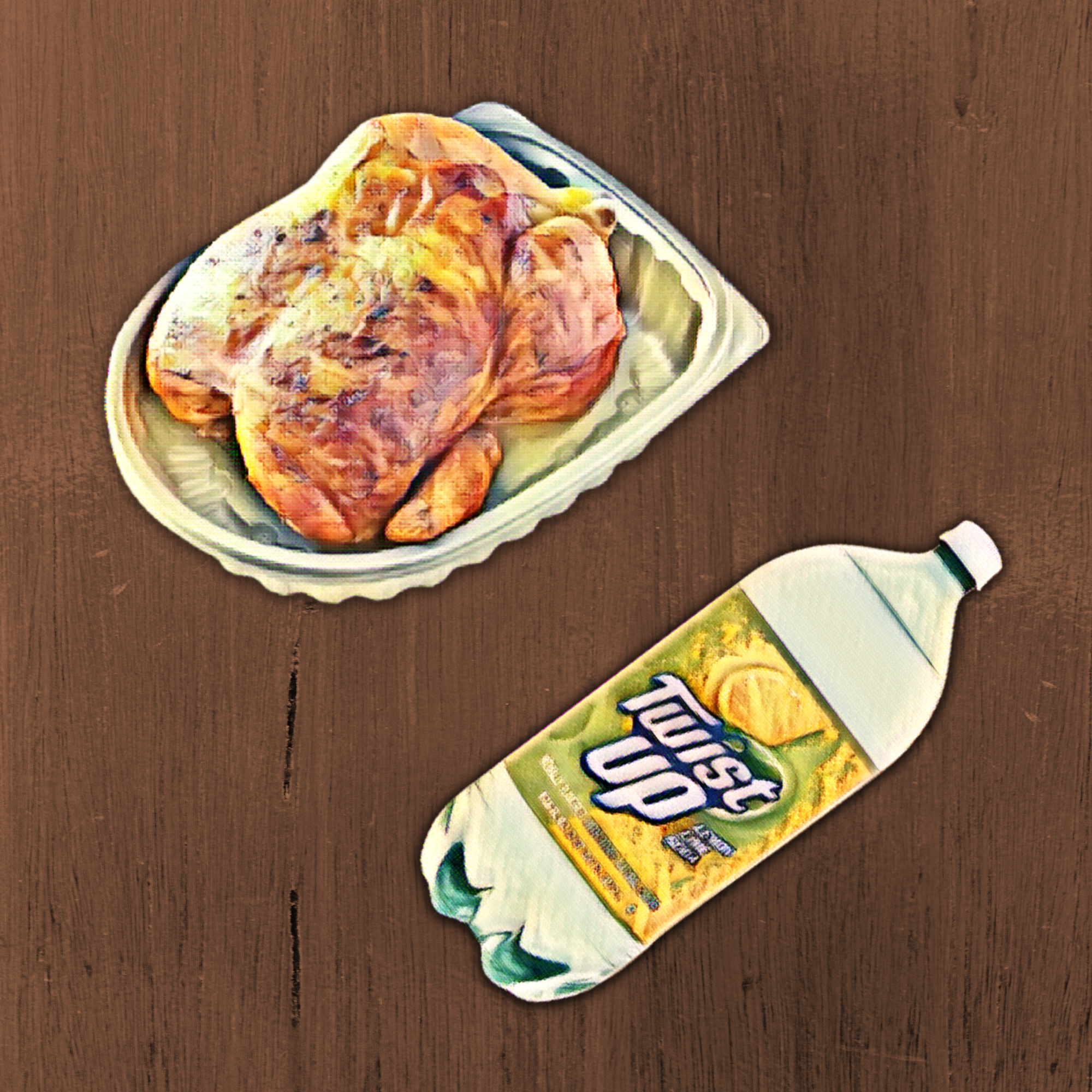- Magazine Dirt
- Posts
- My Movie Theater: Josh Gondelman
My Movie Theater: Josh Gondelman
"It gave us control over our entertainment experience."

This is the final dispatch in My Movie Theater, a series from Dirt x MUBI in which our favorite writers pay tribute to their hometown theaters. 🍿

Josh Gondelman on seeing the same movie twice.
I’ve probably seen the movie Airheads a dozen times, not quite against my will, but not on account of any special affinity for it either. It just happened to be on TV quite a bit when I was in middle school in that afternoon window before my parents came home, compelling me to start doing homework. I still don’t know if it’s a good movie. But sometimes even the most studious dork needs a break from reading books, and my options at the time (1999) were limited. Because of that, I’ll never forget the unlikely rise of the fictional band, The Lone Rangers.
We now live in a golden age of rewatching. We fall asleep to old episodes of The Office. We dig up long-forgotten holiday specials and local commercials on YouTube. We access obscure art films on niche streaming services with a few simple keystrokes (or several pesky swipes and clicks of a TV remote control). When it comes to entertaining ourselves, conveniences and annoyances are somewhat interchangeable these days.
Going to the movies was so important, especially during our teenage years; it gave us control over our entertainment experience.
It hasn’t always been this way, though. We used to have to plan ahead to record an episode of television if we wanted to see it again, committing the footage to a VHS tape, which for anyone reading this who was born during this century, was essentially a piece of tinsel coiled inside a Roku box, and you needed one for each movie. Instead of merely scrolling through a series of apps, we wandered through a physical Blockbuster Video location before deciding to rent a DVD of a film we’d already seen. Often, we had to settle for the choices presented to us by our modest selection of television channels. Which is why going to the movies was so important, especially during our teenage years; it gave us control over our entertainment experience.
Article continues below

SPONSORED BY MUBI GO
GO SEE A MOVIE.
Weekly movie tickets. Unlimited streaming. One membership. MUBI GO is just $19.99 a month. And Dirt readers can try it for 7 days free. Redeem now here. For a limited time only.
Join us at the movies each week, with MUBI GO. This week, see SASQUATCH SUNSET. An unrecognizable Riley Keough and Jesse Eisenberg star in a primatic character study that dances between absurdism and elegy with poignant ingenuity.

The best movie theater around was the AMC 20 cineplex, which abuts the once-thriving Liberty Tree Mall in Danvers, Massachusetts. The black and white chessboard tiles in the lobby project an air of sophistication, artistry. The nearly two dozen theaters feature stadium seating, state of the art at the time the multiplex was built, long before JetBlue Mint-style lie-flat seats became the gold standard. Its surround sound and large capacity screening rooms make the AMC 20 an ideal environment for taking in a blockbuster on opening weekend. My friend Eric once received a theater-wide ovation as he descended the steps to his seat, draped in a plush boa constrictor before a showing of Snakes on a Plane. (Though the applause paled in comparison to the cheer after Samuel L. Jackson declared his intention to rid that motherfuckin’ plane of those motherfuckin’ snakes.)
But the flashy amenities came with a price tag. And for my group of childhood friends, whose teenage entertainment budgets were stretched between diner dinners, video games, and CD purchases (even in the Napster years), a night out at the AMC constituted a splurge. Fortunately, an alternative showed up just when we needed it most.
My friend Eric once received a theater-wide ovation as he descended the steps to his seat, draped in a plush boa constrictor before a showing of Snakes on a Plane.
For a few glorious years, across the street, just outside the mall’s literal and figurative shadows, stood Hollywood Hits, the town’s less glamorous cineplex, but the more important theater for me, personally. With its fewer screens and smaller screening rooms, Hollywood Hits felt more like watching a film in the home of a friend with an expensive television. The theater’s name presented a touch of irony, too. It was reserved for movies whose theatrical runs had concluded and art house films that couldn’t sell out the bigger rooms across the street, not exactly the promised “hits.” Even the lobby lights were dimmer than the AMC’s. I’m sure their snack bar was fairly normal, but in my memory, it was full of second-rate concessions; in my mind’s eye it was all Whoppers with the chocolate coating scraped off and Ziploc bags full of Shredded Wheat. But for $3.50 per ticket, roughly the cost of renting a DVD, Hollywood Hits was too good a deal to pass up.
The second-run theater didn’t just give us a second crack at seeing movies we missed; it gave us the opportunity to see movies for a second time, an invaluable gift to teenage boys. (Or, to put it the way a movie poster might: It gave us our first shot at a second chance.) The low financial barrier for entry allowed us to drag friends to movies we’d already seen, building a shared cultural vocabulary in terms of cinematic touchstones, and also a literal shared vocabulary of quotes that we could repeat to one another until the parents and girls within earshot began fantasizing about our deaths.
Unlike waiting out the arbitrary refractory period before a movie came to video, Hollywood Hits let us keep up with the broader cultural conversation in real time, or something closer to it. With its smaller crowds and less vigilant staff, Hollywood Hits was also much more indulgent of our adolescent bullshit and goofing around than the more populous AMC. It was the ideal moviegoing experience for kids who wanted to grow up, but weren’t quite there yet.
After becoming obsessed with The Big Lebowski at age 13 via a rented VHS of dubious provenance, Hollywood Hits was where we furthered our Coen Brothers obsession, giving O Brother, Where Art Thou? the repeat viewings it deserved. It was based on The Odyssey after all, and what text has been revisited more than that? It certainly constituted a more cultured night than plowing through seasons 1-3 of Family Guy on DVD again.
Is Napoleon Dynamite a better movie than Airheads? I can’t say. But the important thing was that we were cultivating our own taste and choosing our own destiny.
The summer after our freshman year in college, those of us who saw Napoleon Dynamite first were able to drag the rest of the group to Hollywood Hits (and into the 19-year-old guy zeitgeist) for an encore viewing the following weekend. Is Napoleon Dynamite a better movie than Airheads? I can’t say. But the important thing was that we were cultivating our own taste and choosing our own destiny.
I don’t feel nostalgic for Hollywood Hits any more than I pine to return to my 9th grade English class. It was important to me at the time, but I don’t need it the way I once did. I’m an adult with the funds to see a movie twice if I want to, even at Alamo Drafthouse prices. And I rarely go to a theater in a big group the way I used to. Not to mention the fact that nearly every image ever committed to video is available to me on the same screen I’m using to type this essay. But I’ll always be grateful to the little theater that let me and my friends figure out our individual taste together, like a pack of lone rangers.

MY MOVIE THEATER
|
|
|
|
|





